With the shift to electrification, most car makers are redirecting their resources away from internal combustion engine models to electric vehicles.
As a result, manufacturers are making tough decisions about the ongoing viability of some model lines.
Model development is a lengthy and expensive process, and with the focus on EVs across the industry, there are a number of long-running ICE models with rich heritage that could get the chop in the coming years.
We take a look at models that are facing extinction.
Hyundai Sonata
According to a report in South Korean publication The Chosun Ilbo the Sonata is on the chopping block.
Quoting an insider, the report says there has been no development of a next-generation Sonata that was due in 2025, and that it is an open secret within Hyundai Group that the mid-size sedan will be dropped after the current model.
In a sign of the times, the Sonata assembly lines are reportedly being converted to produce electric vehicles.
Hyundai Australia told CarsGuide that it is committed to the Sonata for the foreseeable future.
The current model was released in Australia in mid-2021 and given the shrinking sedan market, Hyundai opted to offer just one highly-specified N-Line performance variant from just over $50,000.
Sales wise, it’s actually doing well for a niche model in Australia, with 266 sold so far this year to the end of April, which is more than the Volkswagen Passat (195).
.jpeg)
Mercedes-Benz A-Class
The last two generations of the Mercedes-Benz A-Class have been a huge sales success, introducing new buyers to the brand via an entry-level model.
But that doesn’t mean its future is secure.
Earlier this month, Autocar reported that Mercedes-Benz CEO Ola Källenius had strongly hinted that the company was re-evaluating its smaller, less profitable models.
Speaking at the Financial Times’ Future of the Car Summit in early May, Mr Källenius said:
“We will talk more next week, but it's not our goal to be a competitor of the volume producers. That’s not what the Mercedes-Benz brand stands for. So stay tuned as far as our product portfolio is concerned. But we would rather be looking up than down.”
Mercedes has also shifted focus to electrification and is hoping to capitalise on more profitable models in its model line-up.
It’s unclear if other models in the small-car range, like the B-Class, are also under threat.

Ford Focus
Ford’s focus (see what I did there?) has shifted sharply to SUVs, light commercials and EVs, and as a result, models like the Focus small car - which was once a massive seller globally - have become niche offerings.
The Focus remains a top seller in the United Kingdom and in some parts of Western Europe, but its sales are a fraction of what they were a decade ago.
When the fourth-gen model launched in Australia in late 2018 it was offered in regular hatch, jacked-up hatch and wagon body styles with multiple model grades.
Ford Australia trimmed the line-up down to just the ST hot hatch last year, and the Focus is no longer sold in the US.
While its future beyond this generation is under a cloud, the Focus could live on as an EV, as per a report in Autocar.

Mazda2
There has been speculation for some time that the current Mazda2 will be the final generation of the likeable light car.
Mazda’s shift upmarket and the fact that the current third-gen model has been around since 2014, with no next-gen development work spied by media outlets, suggests that its days could be numbered.
In Europe and the UK, Mazda sells a rebadged version of the Toyota Yaris hybrid as the Mazda2. This is sold alongside the regular petrol-powered version of the current-gen Mazda2.
Whether the Yaris-based Mazda2 ends up in Australia is unclear, but it seems unlikely.

Kia Stinger
The Stinger represented a big gamble for Kia.
It was the Korean brand’s first high-powered rear-drive sports sedan and for the most part it’s been a success. But parent company Hyundai Group’s rapid shift to electrification means the V6-powered Stinger is on borrowed time.
While Kia Australia executives have said the Stinger will continue on in its current generation for some time, there is no clear indication of a second-generation model.
We can live in hope but unless the second-gen Stinger goes electric, it’s going to be hard for Kia Motors to justify.
_0.webp)
Subaru WRX
Subaru has only just launched the new-gen WRX sports sedan and wagon, but a future version is uncertain at this point.
The Japanese carmaker recently announced that there would be no STI version of the new WRX, with Subaru’s go-fast arm instead focusing on electrification projects.
Subaru has only just kicked off its electrification journey, so anything could happen, but questions remain over whether Subaru would use the WRX name for a future EV performance model.

Nissan Leaf
As reported by CarsGuide in October last year, the pioneering Nissan Leaf could be not long for this world.
The carmaker announced midway through last year that it would produce a new electric compact crossover in the UK from 2025.
Autocar reported that the new crossover model would replace the Leaf hatchback which would be retired after a 15-year run across two generations.
This would make sense given the market shift to SUVs and crossovers, and the move away from what were dedicated eco models from the early-to-mid 2000s like Leaf and Prius.



.jpg)









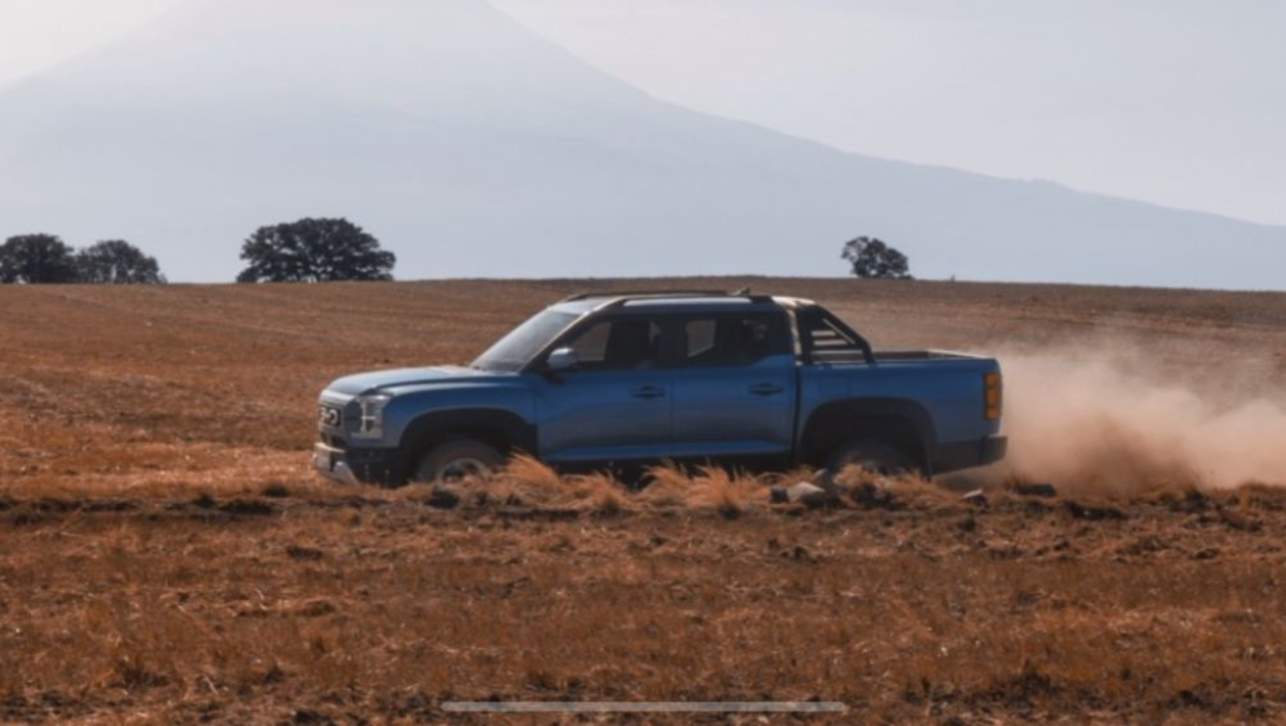
.jpg)
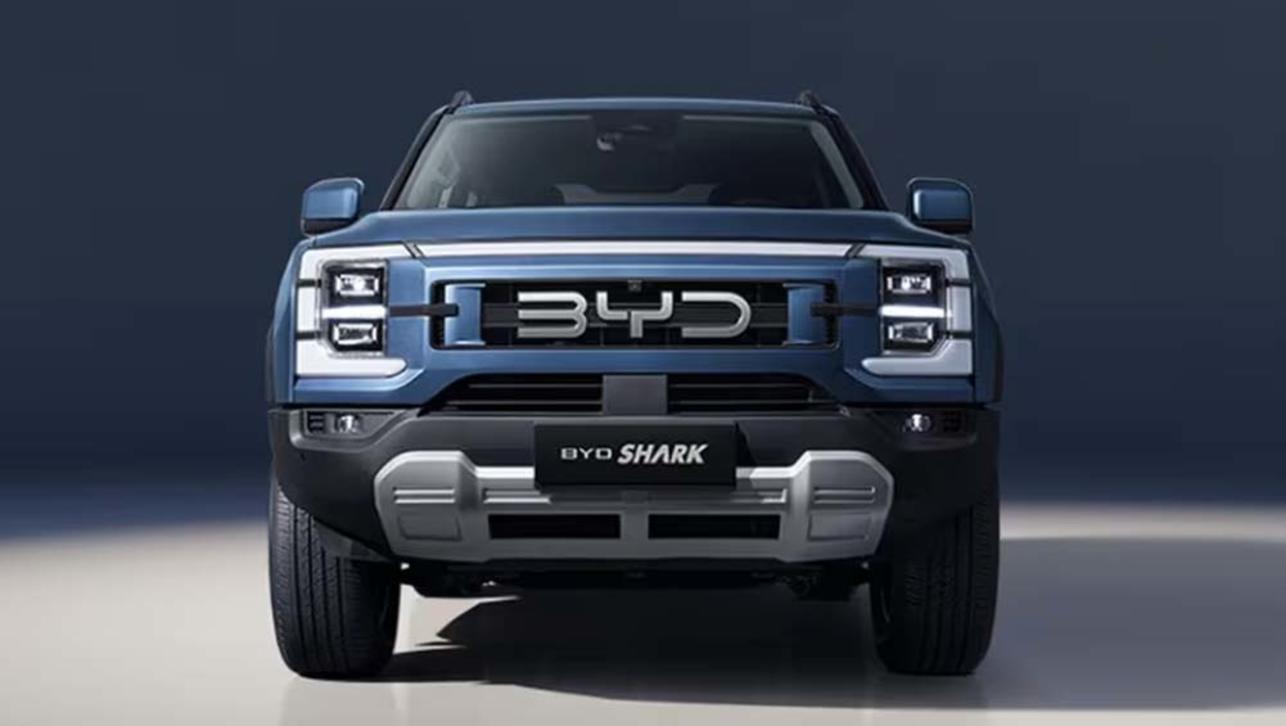
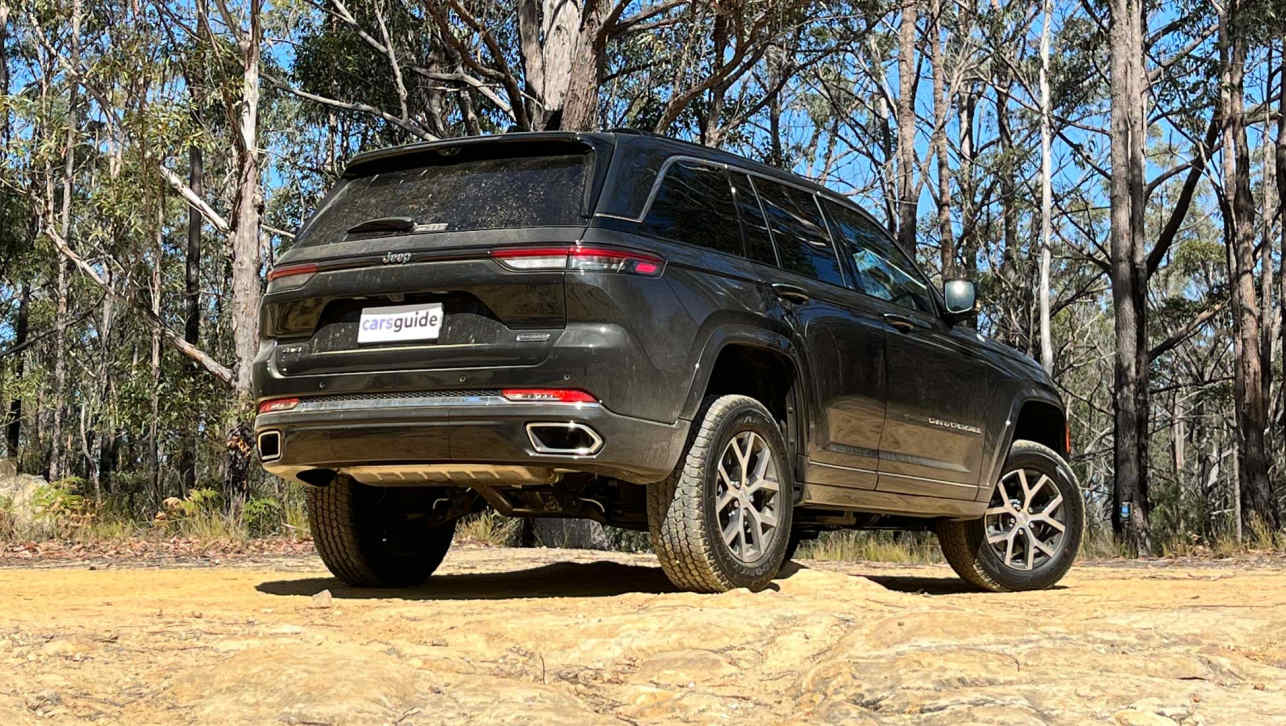
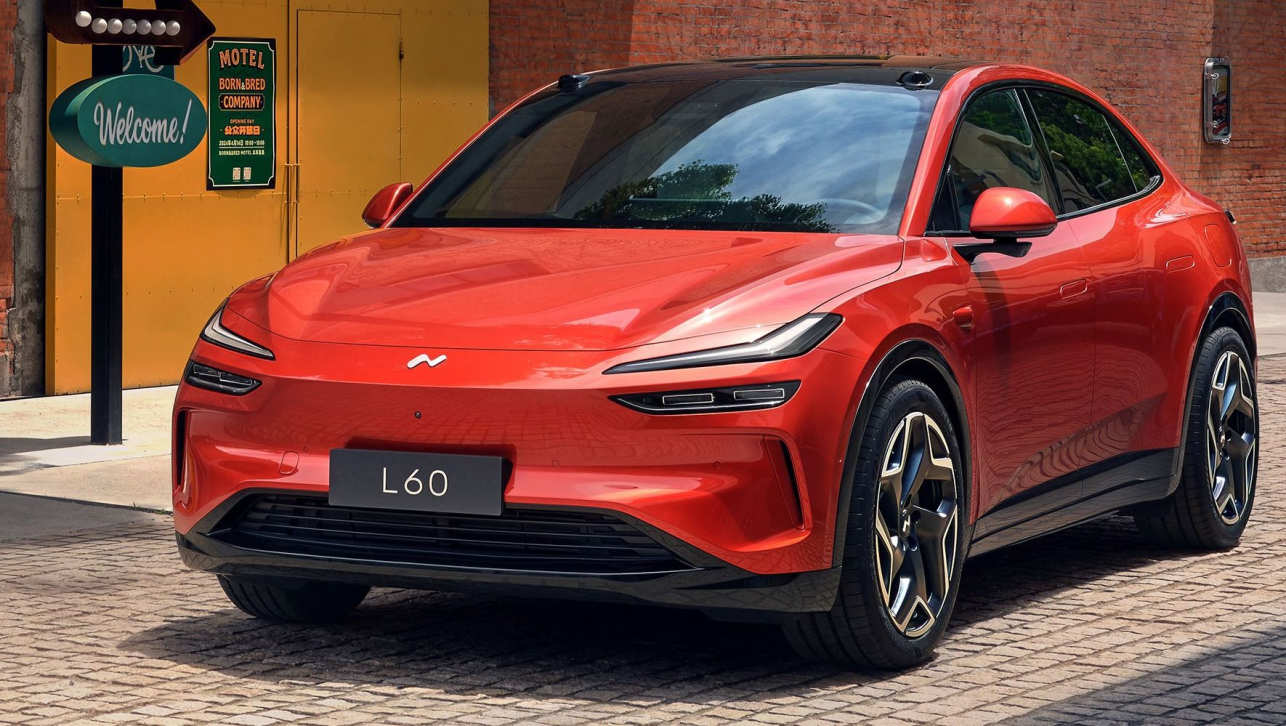




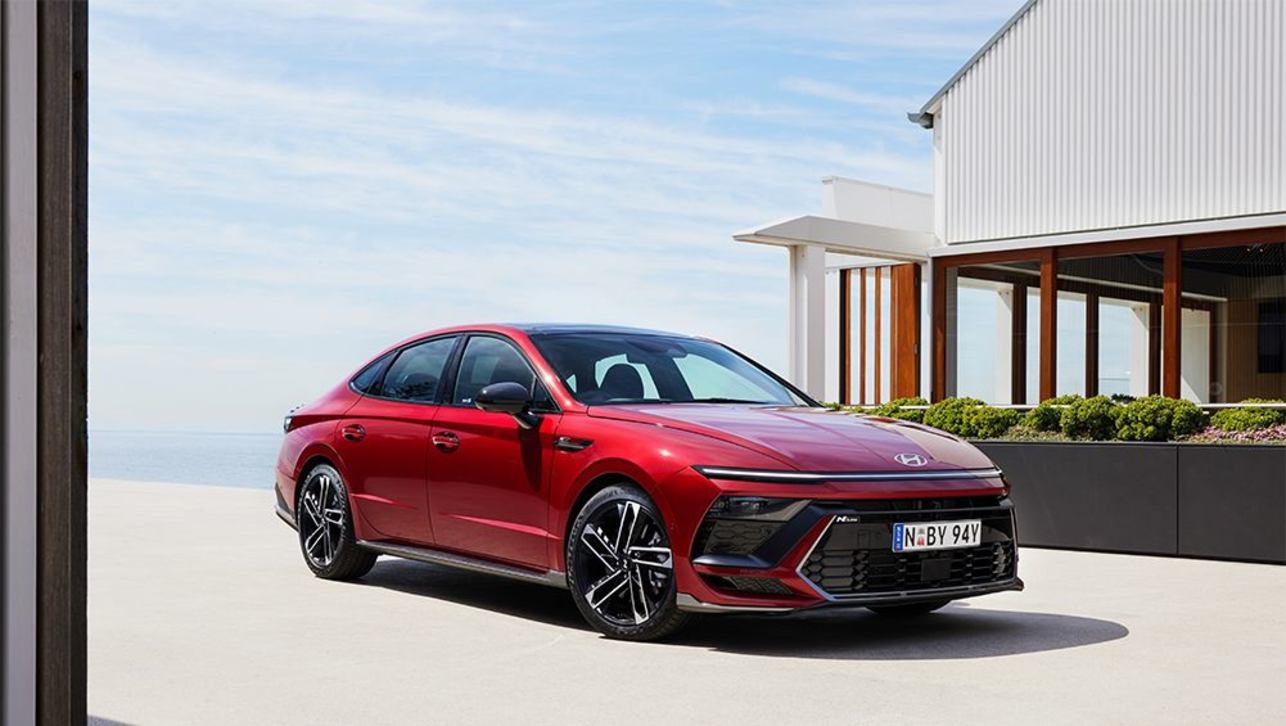

.jpg)
.jpg)
_1.jpg)




Comments